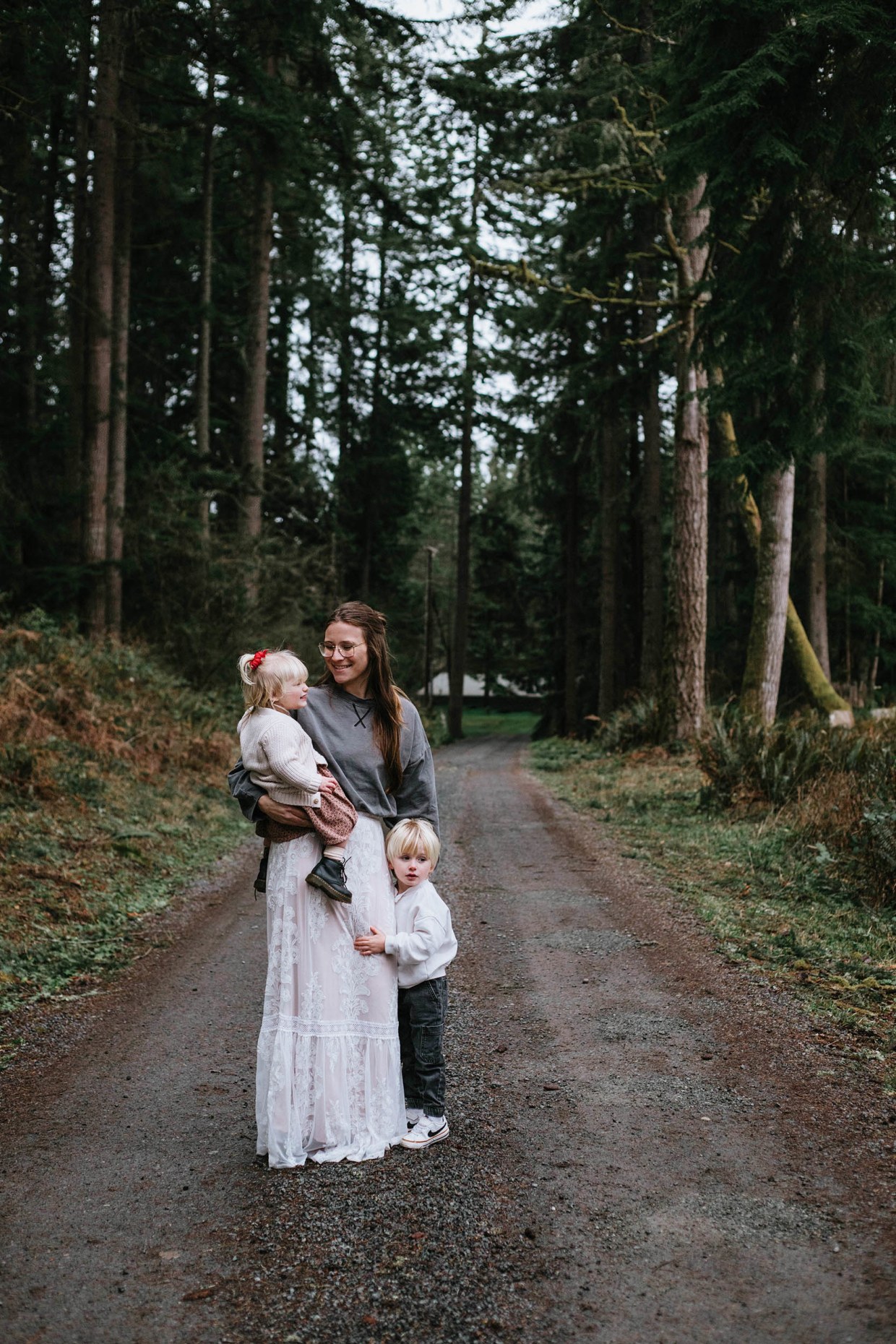Photographer Devin Justine was six months pregnant with her second child when she and her then-husband, Brendan Cleary, made the difficult decision to end their eight-year marriage.
At the time, Justine was angry with Cleary, and heartbroken over the situation, grieving the future she had once imagined for her family.
“I came to Brendan and I said, ‘I hate you right now, but we need to put our heads together and think outside of the box on how we’re going to make this work for our kids,’” Justine tells TODAY.com.
Cleary, she says, was “100% on board.”
Get top local stories in Philly delivered to you every morning. Sign up for NBC Philadelphia's News Headlines newsletter.
Together, the former couple in Washington State began mapping out a custody arrangement known as birdnesting. The term comes from how some birds take care of their young. In the wild, certain birds keep a single nest where the chicks stay, and the parents take turns coming back to look after and protect them. With humans it works like this: the children remain in the family home while the parents take turns living there.
Two years later, Justine and Cleary, both, 33, are proud that they are providing their 2-year-old daughter and 3-year-old son with a stable environment. When Cleary has the house, Justine stays nearby with her parents. As a firefighter, Cleary doesn’t need a separate apartment because he often works night shifts and sleeps at the station.

U.S. & World
Stories that affect your life across the U.S. and around the world.
Justine says she and Cleary are in the process of building a garage apartment on their shared property. Once it’s completed, they plan to take turns between the apartment and the main living space.
“I’m a product of divorce. I spent my life living out of a suitcase, and there was no way we could ask our kids to do the same. Kids want to sleep in the same bed every night,” Justine says. “The weight of it all was incredibly heavy for me.”

While Justine says birdnesting is currently working — “we communicate well” — she knows that issues could arise as they continue to navigate the complexities of co-parenting this way. Justine also acknowledges that problems could emerge if one of them enters a serious relationship.
Parenting expert Dr. Deborah Gilboa says there are many advantages to a birdnesting setup.
“The kids don’t feel shoved back and forth. They don’t have to keep track of where their home is each week,” Gilboa says in an interview with TODAY. However, she also points out some potential drawbacks to consider.
“When we nest, kids can start to feel like they’re in charge of the home and take on an ownership role they’re not ready for,” Gilboa says. For this reason, it’s important to frame the situation for kids in a way that emphasizes it’s the adults’ home that they’re sharing.
Another form of nesting involves both parents staying in the same home but in separate bedrooms.
“That can be really confusing for kids,” Gilboa says. “And if there’s tension between the parents, it can turn the home into an ‘eggshell’ place, which isn’t ideal either.”
Justine says that she and Cleary have had "conversations about every possible scenario,” and notes that they’ve had several discussions about boundaries for when the backyard apartment is ready.
“What it all comes down to is mutual respect,” she explains. “We didn’t have that when we were married, but we have it now. We’ve come together for our kids.”
After Justine posted a video on Instagram showcasing what birdnesting looks like for her family, the response was overwhelmingly positive, with many praising their approach — though a few expressed concern about the arrangement’s long-term sustainability.
“This is genius and 100% kid focused and selfless. Those kids are lucky,” one person commented.
Added another, “How does that work after starting a new relationship or once half siblings come into the picture?”
Justine touched on the question in her caption:
“This isn’t forever,” she wrote. “But for us it works and as long as it does we will work to preserve it.”
This story first appeared on TODAY.com. More from TODAY:



